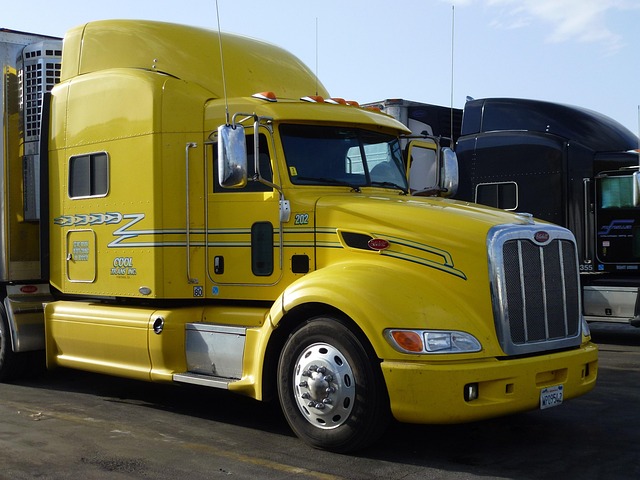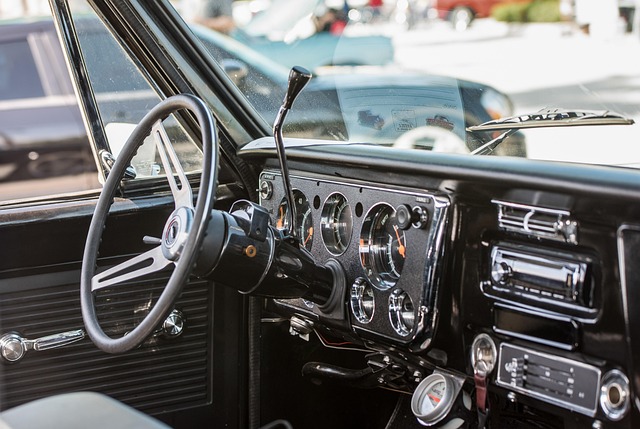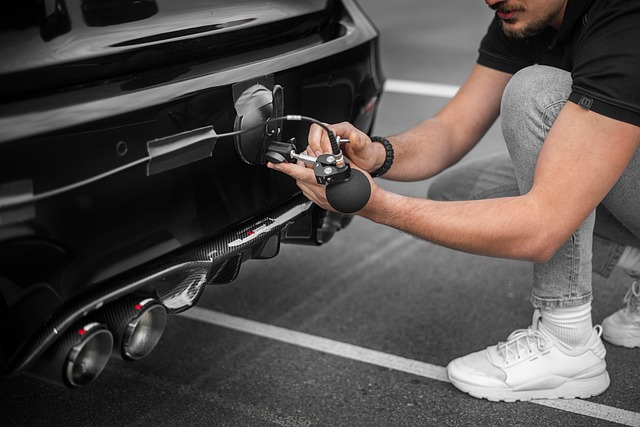Looking to register your car in California? This comprehensive guide walks you through every step, from understanding key requirements to submitting your application. First, gather essential documents like proof of ownership and insurance. Next, utilize a VIN verifier to confirm your vehicle’s authenticity—a crucial step for compliance. Once ready, complete the registration process online or at a DMV office, ensuring all details are accurate. Finally, wait for processing, and hit the road legally!
- Understand the Requirements for Car Registration in California
- Gather Necessary Documents for Car Registration
- Use a VIN Verifier to Ensure Vehicle Authenticity
- Complete the California Car Registration Application Process
- Submit Your Application and Wait for Processing
Understand the Requirements for Car Registration in California

Before you begin the registration process in California, it’s crucial to understand the requirements and necessary steps. One key aspect is ensuring your vehicle has a valid Vehicle Identification Number (VIN) inspection. This involves verifying the VIN using a trusted method, such as a mobile vin inspection or a reputable vin verifier. By doing so, you confirm the vehicle’s authenticity and its compliance with California’s environmental and safety standards.
Additionally, you’ll need to gather essential documents, including proof of ownership, insurance, and identification. It’s important to check with the California Department of Motor Vehicles (DMV) for any specific forms or additional requirements based on your vehicle type and age. Properly understanding these conditions will ensure a smoother registration process when you take your documents and vehicle to an authorized DMV location or use their online services.
Gather Necessary Documents for Car Registration

Before you begin the registration process, ensure you have all the required documents to make the task smoother. The California Department of Motor Vehicles (DMV) requires several key pieces of information for car registration. One crucial document is the Vehicle Identification Number (VIN) verifier, which can be obtained through a mobile VIN verification service or by conducting a traditional VIN inspection.
A valid vehicle title, proof of insurance, and current registration (if transferring from another state) are also essential. Additionally, you’ll need a driver’s license and proof of residency to establish your identity and address. Some methods like mobile VIN verifier can assist in this process by providing quick and convenient verification of the VIN, making sure all details match before submitting your car registration application.
Use a VIN Verifier to Ensure Vehicle Authenticity

Before registering your car in California, it’s crucial to ensure its authenticity. One effective method is to utilize a Vehicle Identification Number (VIN) verifier. These tools cross-check your car’s unique VIN with reputable databases to verify its history and ensure it hasn’t been reported stolen or has any outstanding issues.
A mobile VIN verification service can be particularly convenient, allowing you to perform this check quickly and efficiently from the comfort of your own home. This involves a simple process where a specialized app or service uses your smartphone’s camera to scan the VIN and compare it against global databases, providing instant results. By employing these methods, California car owners can rest assured that their vehicles are legitimate and safe for registration.
Complete the California Car Registration Application Process

To complete the California Car Registration Application process, you’ll first need to gather essential documents and information. This includes your vehicle’s Vehicle Identification Number (VIN), which can be found on the vehicle’s registration label or in its owner’s manual. For added convenience and accuracy, consider using a mobile VIN verification service to validate this critical piece of data before proceeding. Once your VIN has been confirmed, you can securely submit an application online through the California Department of Motor Vehicles (DMV) website.
Alternatively, you can opt for a vin inspection at a designated DMV office. This involves presenting your vehicle’s documents and passing a safety inspection. After successfully completing these steps, you’ll be directed to pay the registration fees, which vary based on your vehicle type and age. Upon payment, you’ll receive your official California car registration papers, allowing you to legally operate your vehicle within the state.
Submit Your Application and Wait for Processing

After you’ve gathered all the necessary documents and completed your application for car registration through the DMV or online portal, it’s time to submit everything and wait for processing. This step involves a few different processes depending on where you’re located in California. Typically, you’ll receive updates via mail regarding the status of your application.
If you’ve opted for a mobile vin verification or conducted a vin inspection using certified services, ensure that all the details from this process are accurately reflected in your application. This step is crucial to avoid delays and ensure a smooth registration experience. The California Department of Motor Vehicles (DMV) will review your submission, verify your vehicle’s information, and history, including any necessary inspections like a vin inspection, before processing your registration request.
Registering a car in California involves understanding the requirements, gathering essential documents, and completing a straightforward application process. Using a VIN verifier ensures vehicle authenticity, a crucial step in ensuring a smooth registration experience. By adhering to these steps, you’ll be well on your way to securing your vehicle’s registration in the Golden State.



